Documenting impacts
One of the most widespread and well reported effects of climate change has been changes in the timing (phenology) of biological events.
chaffinch, Fringilla coelebs. a, Temporal
changes in annual median laying date.
b, Temporal changes in the mean of March
and April monthly mean Central England
Temperatures (CETs). c, Relation between
annual median laying date and mean of
March and April CETs (r=410.76, P<0.001).
Laying date is numbered such that day
110 is 20 April and day 121 is1 May. The
smoothed lines are calculated using
a LOWESS (locally weighted scatterplot
smoother) method.
It was BTO research which first reported changes in the timing of mean laying date from 1971-1995 in about a third of the 65 UK species studied (Crick et al.1997), which was subsequently linked to increases in temperature (Crick & Sparks 1999).
What is the biological significance of these changes? A recent analysis of data including BTO nest records found that different species are responding at different rates, such that plants have responded more rapidly than invertebrates, which have responded more rapidly than vertebrates, such as birds (Thackeray et al. 2010), which may cause a mismatch for species which rely on seasonal peaks in food abundance, such as insectivorous birds. Whilst there is some evidence for this affecting a number of insectivorous woodland passerines in continental Europe (Both et al. 2006, Visser et al. 2006) the evidence from the UK is less clear. On-going BTO research is testing whether populations of the same species in the UK are being similarly affected, although in some cases, such as for cuckoo, recent declines do not appear to result from changes in phenology (Douglas et al. 2010).
Climate change may affect bird populations through a range of different mechanism besides phenological mismatch. Variation in summer conditions may affect the breeding success of species either directly with the precocial chicks of gamebirds and waders particularly vulnerable to periods of intensive rainfall (e.g. Moss et al.2001), whilst more subtle effects on prey populations may also cause declines in productivity for species whose prey are drought sensitive (Pearce-Higgins et al. 2010, Pearce-Higgins 2010).
Figure 2. Graph showing the relationship
between wren survival and frost (Robinson et al. 2007)
Given the complexities of natural ecosystems, it is important to understand how populations of different species may be responding to climate change. We have started to do this through the BICCO-Net project, a BTO led consortium to document recent changes in the abundance of a range of species from plants to insects to birds in response to climate change. Analyses conducted under this project specifically tested the extent to which farmland bird populations may have been affected by climate change. As expected, the analysis linked the rapid declines in many farmland bird species to agricultural intensification in the 1970s and 1980s. Statistical models based on these results provided a very good description of changes in the farmland bird indicator since 1970. More surprisingly, however, there was little suggestion that recent warming was having any additional impact on these species (Eglington & Pearce-Higgins 2012). This suggests that the impacts of climate change on bird populations may be greatest in semi-natural and natural habitats, whilst on human-dominated landscapes, such as farmland, it is likely to be human behaviour which is the most important driver of change.
Changes in populations ultimately affect the composition of ecological communities. Recently published BTO work using BBS data has shown that in response to increases in temperature from 1994-2006, there has been an increase in bird diversity in Britain (Davey et al. 2011). At any one location, more species are breeding now than 15 years ago. However, associated with this has been a decline in community specialisation (a measure of the specificity of species' habitat requirements). This means that although individual bird communities have become more diverse, they have also become more similar to each other due to an increase in abundance in widespread, generalist species, but declines in rarer, habitat specialists. At the same time, during the recent period of warming, species which tend to be associated with warmer temperatures have tended to increase in abundance more (or decrease in abundance less) than species associated with cooler climates. This matches a trend found across a range of European countries which provides some of the best evidence for bird communities being affected by the recent warming trends they have experienced. Interestingly, this degree of change is less than that expected on the basis of simple temperature trends, suggesting that the ecological response to climate change lags behind the amount of climate change experienced (Devictor et al. 2012).
References
Both, C., Bouwhuis, S., Lessells, C.M. & Visser, M.E. 2006. Climate change and population declines in a long-distance migratory bird. Nature 441:81-83.
Crick, H.Q.P., Dudley, C., Glue, D.E. & Thomson, D.L. 1997 UK birds are laying eggs earlier. Nature 388: 526.
Crick, H. & Sparks, T. 1999 Climate change related to egg-laying trends. Nature 399: 423 - 424.
Davey, C.M., Chamberlain D.E., Newson S.E., Noble, D.G., Johnston, A. 2011. Rise of the generalists: evidence for climate driven homogenization in avian communities. Global Ecology and Biogeography, online early, DOI: 10.1111/j.1466-8238.2011.00693.x
Devictor, V., van Swaay, C., Brereton, T. et al. 2012. Differences in the climate debts of birds and butterflies at a continental scale. Nature Climate Change 2: 121-124
Douglas, D.J.T., Newson, S.E., Leech, D.I., Noble, D.G. & Robinson, R.A. 2010. How important are climate-induced changes in host availability for population processes in an obligate brood parasite, the European cuckoo? Oikos 119: 1834-1840.
Eglington, S.M., Pearce-Higgins, J.W. 2012. Disentangling the Relative Importance of Changes in Climate and Land-Use Intensity in Driving Recent Bird Population Trends. PLoS ONE 7: e30407.
Moss, R., Oswald, J. & Baines, D. 2008. Climate change and breeding success: decline of the capercaillie in Scotland. Journal of Animal Ecology 70: 47-61.
Pearce-Higgins, J.W. 2010. Using diet to assess the sensitivity of northern and upland birds to climate change. Climate Research 49: 119-130.
Pearce-Higgins, J.W., Dennis, P., Whittingham, M.J. & Yalden, D.W. 2010. Impacts of climate on prey abundance account for fluctuations in a population of a northern wader at the southern edge of its range. Global Change Biology 16: 12-23.
Robinson, R.A., Baillie, S.R. & Crick, H.Q.P. 2007. Weather-dependent survival: implications of climate change for passerine population processes. Ibis 149: 357-364.
Thackeray, S.J., Sparks, T.H., Frederiksen, M., Burthe, S., Bacon, P.J., Bell, J.R., Botham, M.S., Brereton, T.M., Bright, P.W., Carvalho, L., Clutton-Brock, T., Dawson, A., Edwards, M., Elliott, J.M., Harrington, R., Johns, D., Jones, I.D., Jones, J.T., Leech, D.I., Roy, D.B., Scott, W.A., Smith, M., Smithers, R.J., Winfield, I.J. & Wanless, S. 2010. Trophic level asynchrony in rates of phenological change for marine, freshwater and terrestrial environments. Global Change Biology, DOI: 10.1111/j.1365-2486.2010.02165.x
Visser, M.E., Holleman, L.J.M. & Gienapp, P. 2006. Shifts in caterpillar biomass phenology due to climate change and its impact on the breeding biology of an insectivorous bird. Oecologia 147: 164-172.

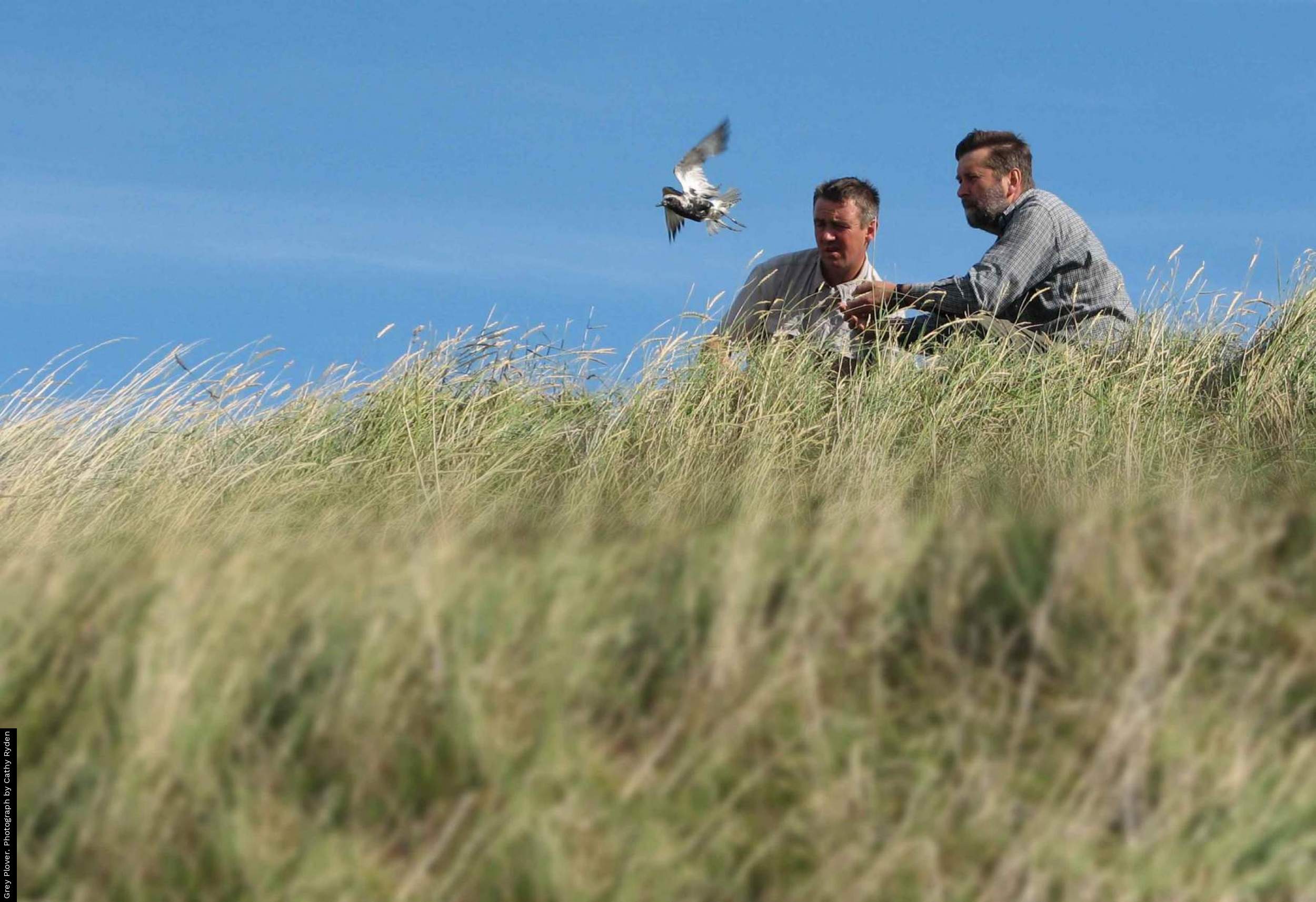
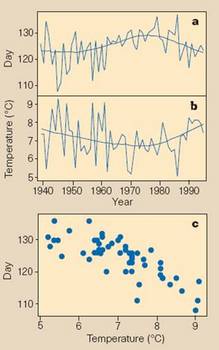
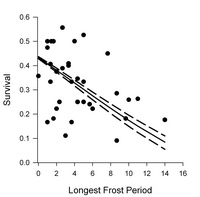
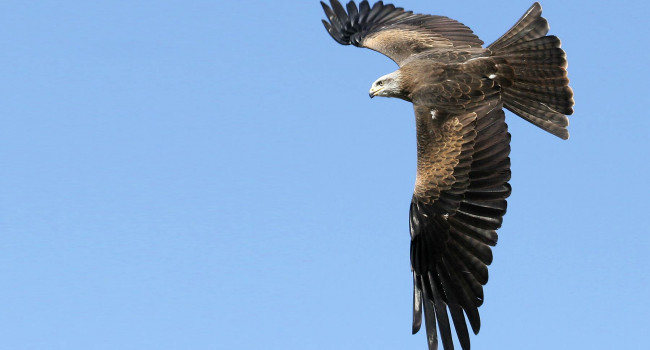

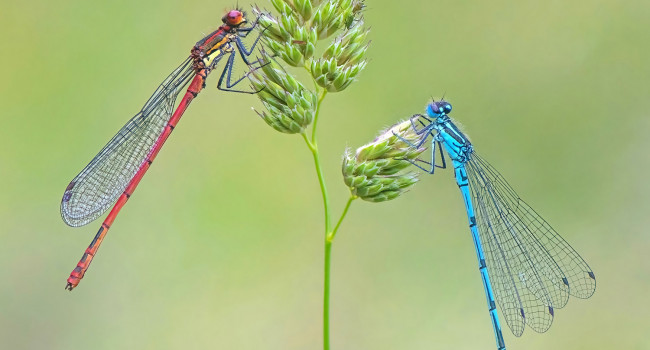

Share this page